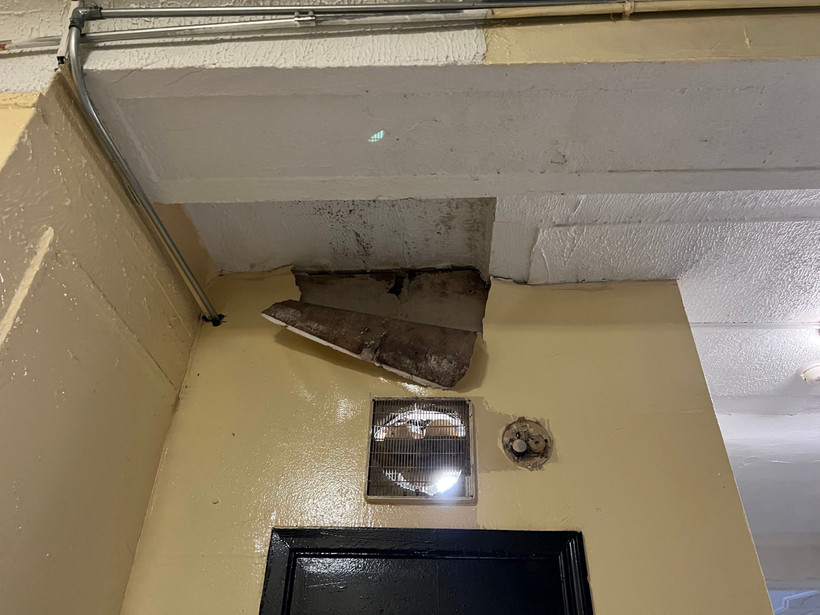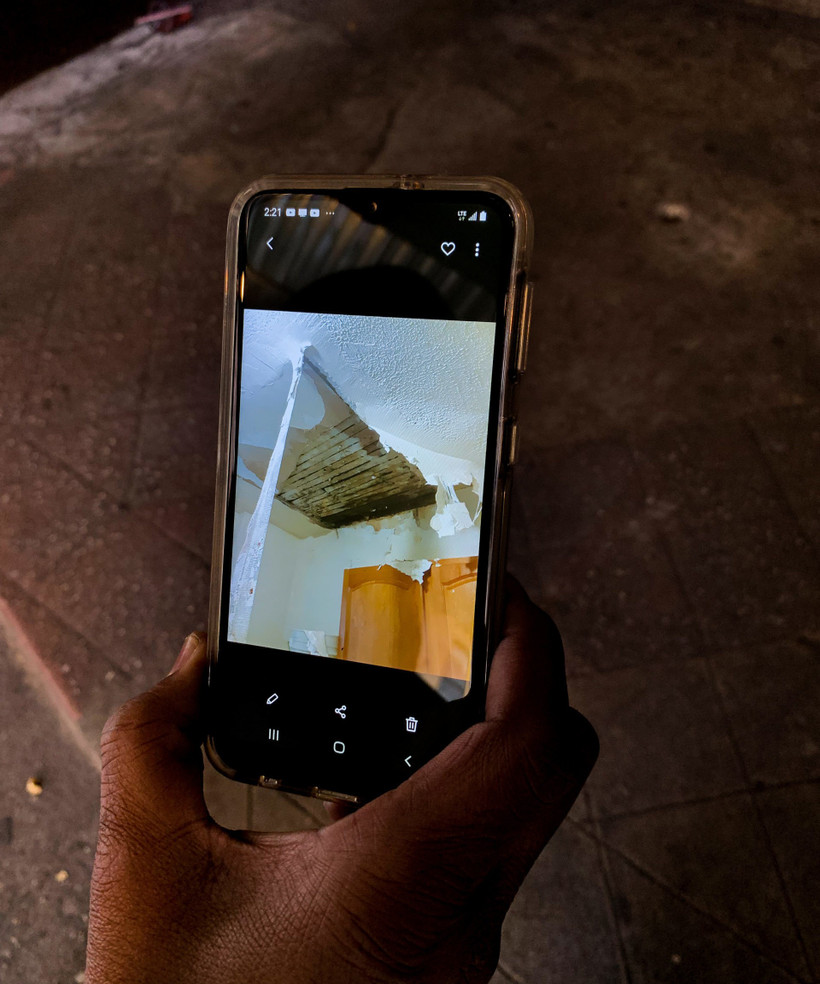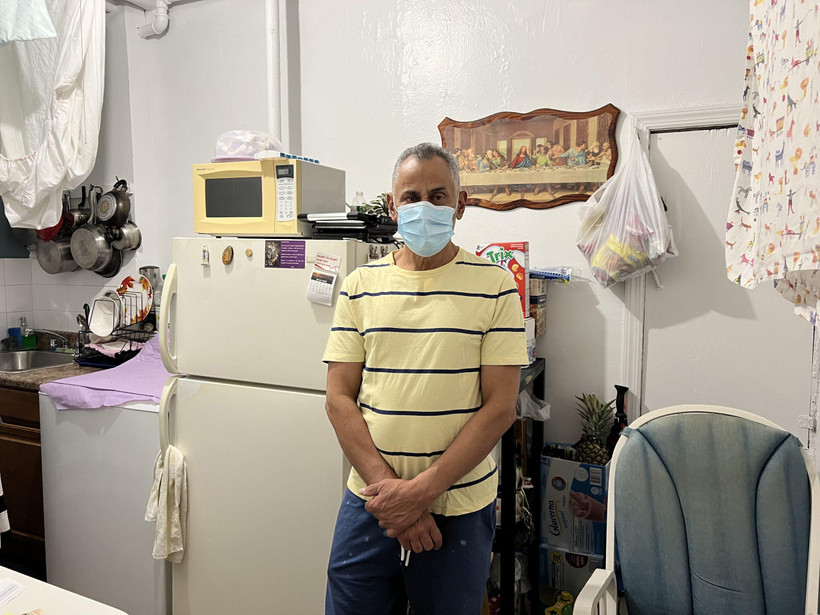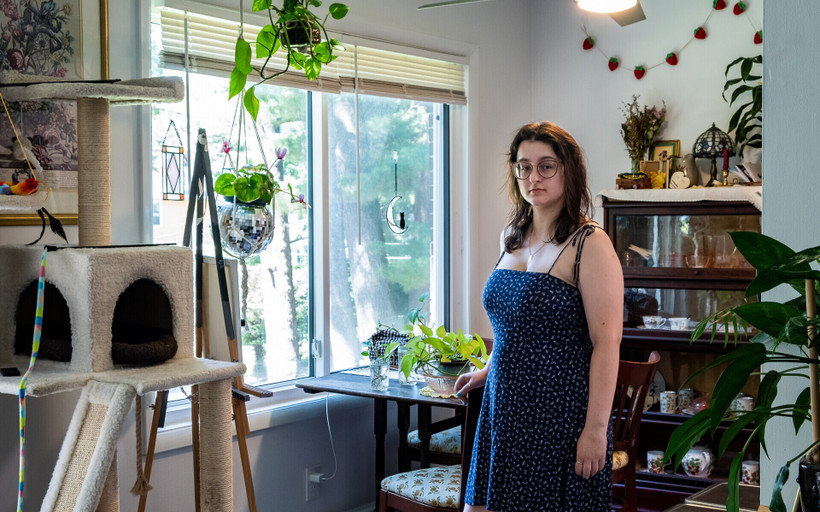Rats, Roaches, Leaks: Rent-Stabilized Building Owners Whose Bets Went Sour Delay Repairs
Crumbling conditions in two Bronx buildings show how tenants pay the price when real estate speculation doesn’t work out.

This article was published in partnership with THE CITY.
This article was published in partnership with THE CITY.

I had leaks, my foot fell through the floor. My son caught lead when he was two, from a window pane and now he has to go to speech therapy. The pipes are ridiculous. I have mold.

A previous version of this article includes quotes from a 2021 interview with a representative of the Community Housing Improvement Program, a building owner trade group, describing a survey of members’ operating costs. Those quotes have been removed, as the interview took place before more comprehensive information was made available.
After the governor declined to answer questions, a New York Focus reporter was ejected from her event.
The constant gridlock is a major drag on Manhattan’s businesses, and source of frustration for commuters. And it’s never been so bad.
Lawsuits had threatened to kill congestion pricing. Now, it might take a lawsuit to save it.
For tenants in the first upstate city to adopt rent stabilization, benefiting from the law’s basic protections is an uphill battle.
Advocates charge that New York’s restrictions for sex offense registrants are “vague, expansive, and unnecessary.” On Tuesday, they filed a federal lawsuit to strike them down.
A quarter of lawmakers in Albany are landlords. Almost none of them are covered by the most significant tenant protection law in years.

